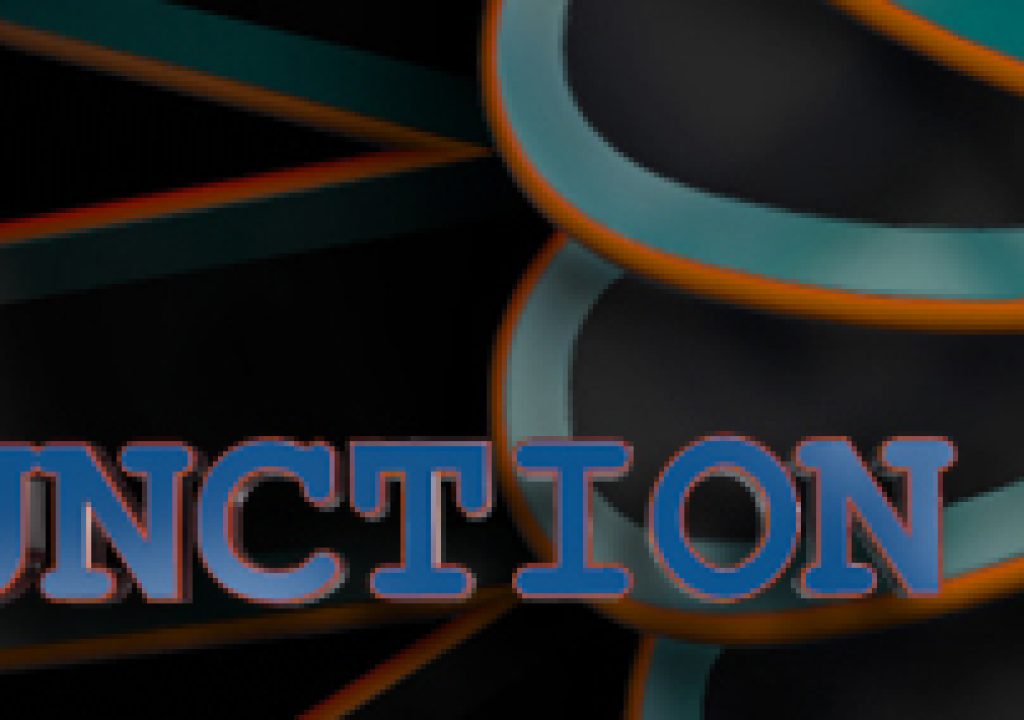Ep. 19 showHideControls Free Function Friday
Welcome to episode 19 in the Free Function Friday series, showHideControls. This is a handy function for when you are dealing with ScriptUI elements. If you’ve ever dealt with buttons, checkboxes, radio buttons, or dropdown lists that trigger a change in the UI appearance, then you’ve dealt with the visibility of control elements before. This function allows for multiple controls to be hidden or shown by supplying an array of control objects. Normally you would use the .visible attribute of a control to change it’s visibility. This is easy enough if only dealing with a small handful of controls, but if you start building larger UI’s then there can be quite a lot to deal with. If for example you needed to make four controls hidden, you would need to code the visibility for four elements individually like so…
controlOne.visible = false;
controlTwo.visible = false;
controlThree.visible = false;
controlFour.visible = false;
showHideControls will condense this down into this…
showHideControls([controlOne, controlTwo, controlThree, controlFour], "false");
This makes for cleaner, readable code. Plus it’s less to type. So this video will go over making the showHideControls function and some ScriptUI code, but mostly focuses on the function part. The base UI code can be grabbed for free over at the Adobe After Effects Scripting forums. I did a post there awhile ago providing that code. Just copy and paste into your script. You can get that here.
If you haven’t done so already there is a Free Function Friday introduction video located here that has some important information pointing to a few resources that will come in handy when scripting for After Effects.
Episode 19 showHideControls:
Legal note: The Adobe ExtendScript code talked about in this article and accompanying embedded video(s), and/or graphic images are not guaranteed to be compatible with every version of After Effects. David Torno, ProVideo Coalition, and Diversified will not be held liable for any misuse or incorrect use of the provided ExtendScript code. Use at your own risk.
All of the code I provide in this series, has been created and tested in After Effects CC 2014. Unless otherwise specified in the episode, the code should be compatible with After Effects CS6 through CC 2015. I’ve done my best to avoid depreciated code (code that Adobe removed at some point), and made these functions as compatible as possible. There will however be the occasional piece of code that is brand new as of a certain version of After Effects and therefore will not be backwards compatible from that version. I will mention these if that is the case.
With that said, all the code I provide in this series is open source and free to use in your scripts. I highly encourage you to expand and improve upon the code I provide and start making your own custom functions as well, but please do not repost the code I show in this series as is and claim it as your own. If you use any of the code provided in this series please give credit where credit is due. This series is meant to provide, what I feel is useful code, as well as to hopefully further explain ExtendScript and it’s quirks. While the functions we build throughout this series can perform a task all on their own, they are not meant to be a solo script. How you combine them together and expand upon them is when you will gain the most from these functions.

